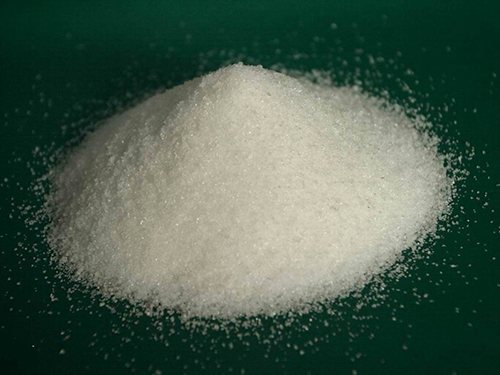Difference Between Flocculant and Coagulant
Understanding the Differences Between Flocculants and Coagulants
In the realm of water treatment and environmental management, the terms flocculant and coagulant are often used interchangeably, but they refer to distinct processes that serve specific purposes in the removal of contaminants from water. Understanding the differences between these two substances is crucial for selecting the appropriate treatment method for various applications.
Coagulation The Initial Step in Water Treatment
Coagulation is the process by which small, suspended particles in water are destabilized, allowing them to clump together into larger aggregates called flocs. This process typically occurs when a coagulant chemical is added to the water. Common coagulants include aluminum sulfate (alum), ferric chloride, and polyaluminum chloride. These substances work by neutralizing the electrical charges on particles, making them stick together and form larger particles.
The coagulant is usually added to raw water, and after thorough mixing, the water is allowed to rest for a short period. This allows the destabilized particles to form flocs that can then be removed through sedimentation or filtration in subsequent steps of the treatment process.
Flocculation The Subsequent Stage of Aggregation
Flocculation follows coagulation and is the process that enhances the formation of flocs. While coagulation primarily focuses on destabilizing particles, flocculation emphasizes the gathering of these destabilized particles into larger aggregates. In this stage, gentle stirring of the water is employed to encourage the collision of flocs, which leads to their growth in size. Flocculants can be natural, synthetic, or semi-synthetic polymers that help bind the particles together, ensuring more substantial floc formation.
Common flocculants, such as polyacrylamide and starch derivatives, improve the process of solid-liquid separation by providing an adhesive effect that helps maintain larger formed flocs, which can settle more efficiently during the sedimentation phase
.difference between flocculant and coagulant

Key Differences Between Coagulants and Flocculants
1. Function The primary function of coagulants is to destabilize and aggregate suspended particles, while flocculants enhance the aggregation of these particles into larger flocs for easier removal.
2. Mechanism Coagulants work by neutralizing charges on particles, leading to instant aggregation. In contrast, flocculants promote floc growth through gentle mixing and physical bonding.
3. Application Timing Coagulants are used at the beginning of the treatment process, whereas flocculants are introduced after coagulation to assist in forming larger flocs.
4. Chemical Composition Coagulants tend to be inorganic compounds, while flocculants are often organic polymers or compounds that exhibit surfactant properties.
Conclusion
In summary, while both coagulants and flocculants play integral roles in water treatment processes, their functions and applications are quite different. Coagulants initiate the process by destabilizing particles, whereas flocculants promote the growth and aggregation of these particles into larger, more easily removable flocs. A thorough understanding of these differences is essential for professionals in the field to optimize wastewater treatment processes and ensure effective contaminant removal. Proper application of both substances can lead to cleaner water and a healthier environment.
-
Water Treatment with Flocculant Water TreatmentNewsJun.12,2025
-
Polymaleic AnhydrideNewsJun.12,2025
-
Polyaspartic AcidNewsJun.12,2025
-
Enhance Industrial Processes with IsothiazolinonesNewsJun.12,2025
-
Enhance Industrial Processes with PBTCA SolutionsNewsJun.12,2025
-
Dodecyldimethylbenzylammonium Chloride SolutionsNewsJun.12,2025





